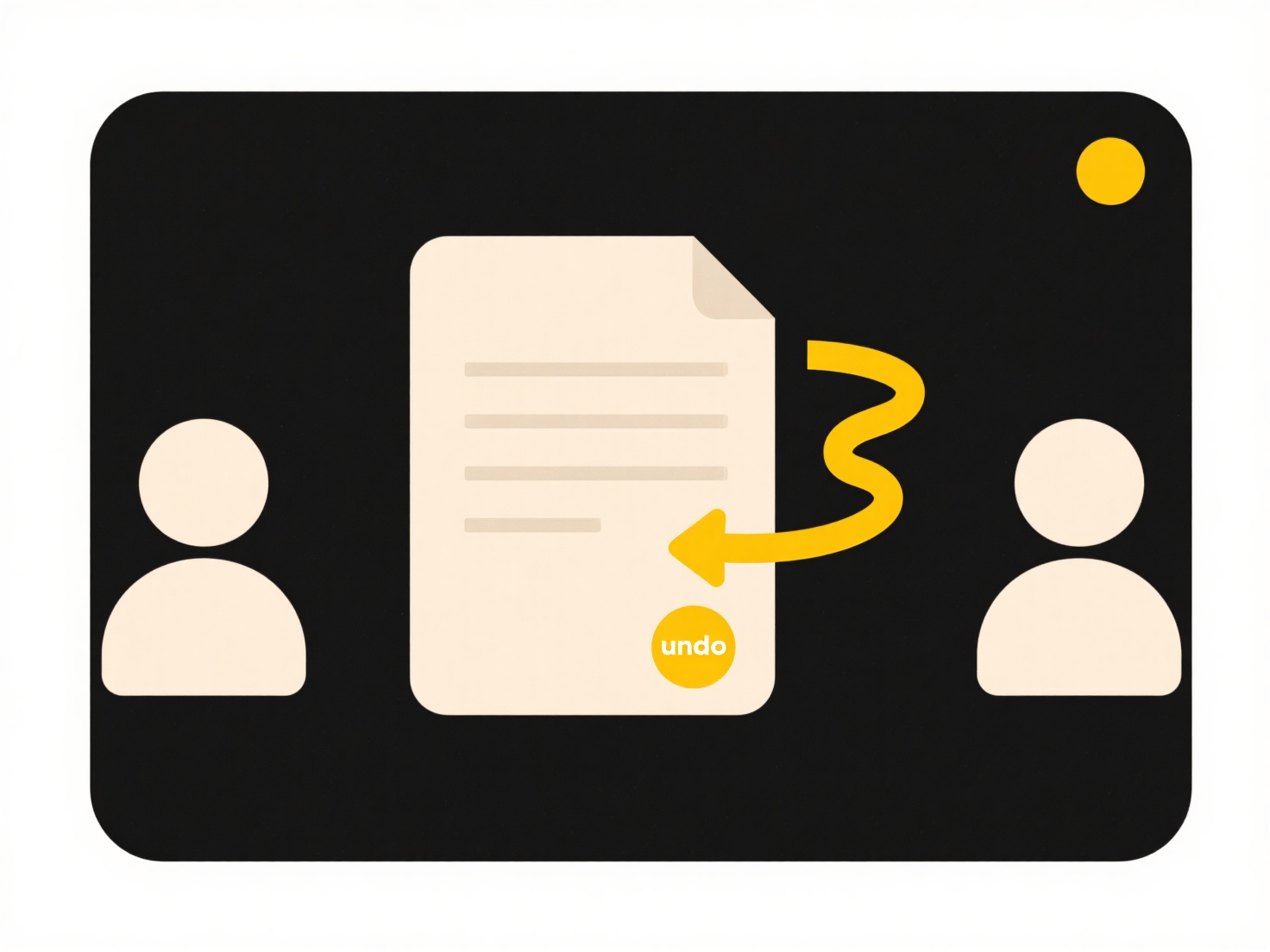
Deduplication removes redundant data copies to conserve storage space and bandwidth. When performed before backup ("source-side"), it eliminates duplicates directly on the original system. When done after backup ("target-side"), duplicates are removed only once data reaches the backup server or storage device. The key difference is where the processing occurs and what impacts it—pre-backup affects source systems, while post-backup affects backup infrastructure.
Pre-backup deduplication is often implemented within endpoint backup software like Veeam Agent, reducing network traffic for remote laptops in distributed organizations. Post-backup deduplication is common in enterprise backup appliances (e.g., Dell EMC Data Domain), where data from multiple servers arrives before consolidation. Cloud backup services may use either approach depending on client software or backend architecture.

Source-side deduplication minimizes network load and accelerates transfers but consumes client resources. Target-side deduplication centralizes processing and scales efficiently but requires more initial bandwidth. Ethical considerations include privacy when analyzing data for duplicates. Future solutions may blend both methods intelligently, balancing resource use as edge computing grows.
Should I deduplicate before or after backup?
Deduplication removes redundant data copies to conserve storage space and bandwidth. When performed before backup ("source-side"), it eliminates duplicates directly on the original system. When done after backup ("target-side"), duplicates are removed only once data reaches the backup server or storage device. The key difference is where the processing occurs and what impacts it—pre-backup affects source systems, while post-backup affects backup infrastructure.
Pre-backup deduplication is often implemented within endpoint backup software like Veeam Agent, reducing network traffic for remote laptops in distributed organizations. Post-backup deduplication is common in enterprise backup appliances (e.g., Dell EMC Data Domain), where data from multiple servers arrives before consolidation. Cloud backup services may use either approach depending on client software or backend architecture.

Source-side deduplication minimizes network load and accelerates transfers but consumes client resources. Target-side deduplication centralizes processing and scales efficiently but requires more initial bandwidth. Ethical considerations include privacy when analyzing data for duplicates. Future solutions may blend both methods intelligently, balancing resource use as edge computing grows.
Quick Article Links
Will renaming break file references in other apps?
Renaming a file changes its original name and full path location. Other applications referencing that file typically rel...
What’s the best way to export to .PDF for web?
Exporting to PDF for web involves creating web-optimized PDF files. These are specifically designed for online viewing a...
Why won’t my file open when I double-click it?
Your file may not open when double-clicked because Windows relies on file associations – the link between a file extensi...